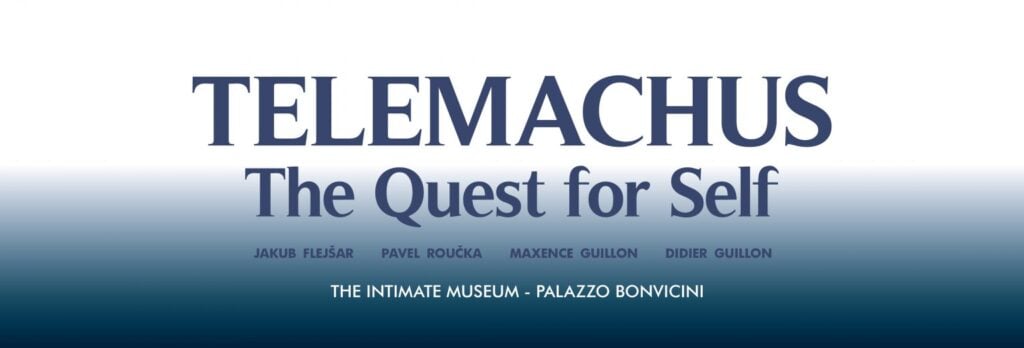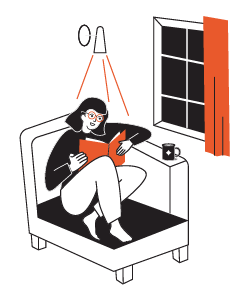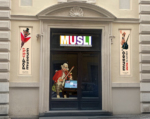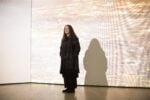Telemachus. The Quest for Self

Mostra collettiva.
Comunicato stampa
TELEMACHUS. The Quest for Self marks the second chapter of a trilogy of contemporary art exhibitions inspired by Homer’s Odyssey. This chapter delves into the character of Telemachus, exploring the father-son relationship from the perspectives of both Telemachus and Ulysses. Featuring four artists — Jakub Flejšar, Pavel Roučka, Maxence Guillon, and Didier Guillon — the exhibition presents a deeply personal and intergenerational dialogue, reflecting the relationship between father and son through two distinct pairs.
EMANCIPATION, UPHEAVAL, INTROSPECTION, HERITAGE
The exhibition weaves together themes of self-discovery, legacy, and transformation as Telemachus embarks on his journey to find his father and uncover his own identity. The works engage in a dialogue between the mythical past and the present, exploring how familial bonds shape the way we understand ourselves.
The first adjective that comes to mind to describe TELEMACHUS. The Quest for Self is monumental. The rooms at Palazzo Bonvicini are filled to the very last centimeter with powerful yet intimate installations, mesmerizing visitors on their journey of discovery. Each artist loudly affirms their presence through sculptures, paintings and installations that will undoubtedly leave a lasting impression. Indeed, the exhibition narrates the father-son relationship – with all its fragilities, complexities, complicities, and synergies – in a manner that is monumental and introspective.
With Flejšar and Roučka, the rooms merge with one another, reflecting an intrinsic and indispensable personal and artistic relationship. The boundaries blur, with the artists’ identities clearly defined yet in tension with each other. The focus shifts inward with the Guillon, prompting the artists to contemplate both what they have become and what they are becoming, with their gaze directed towards both the past and the future of generations.



